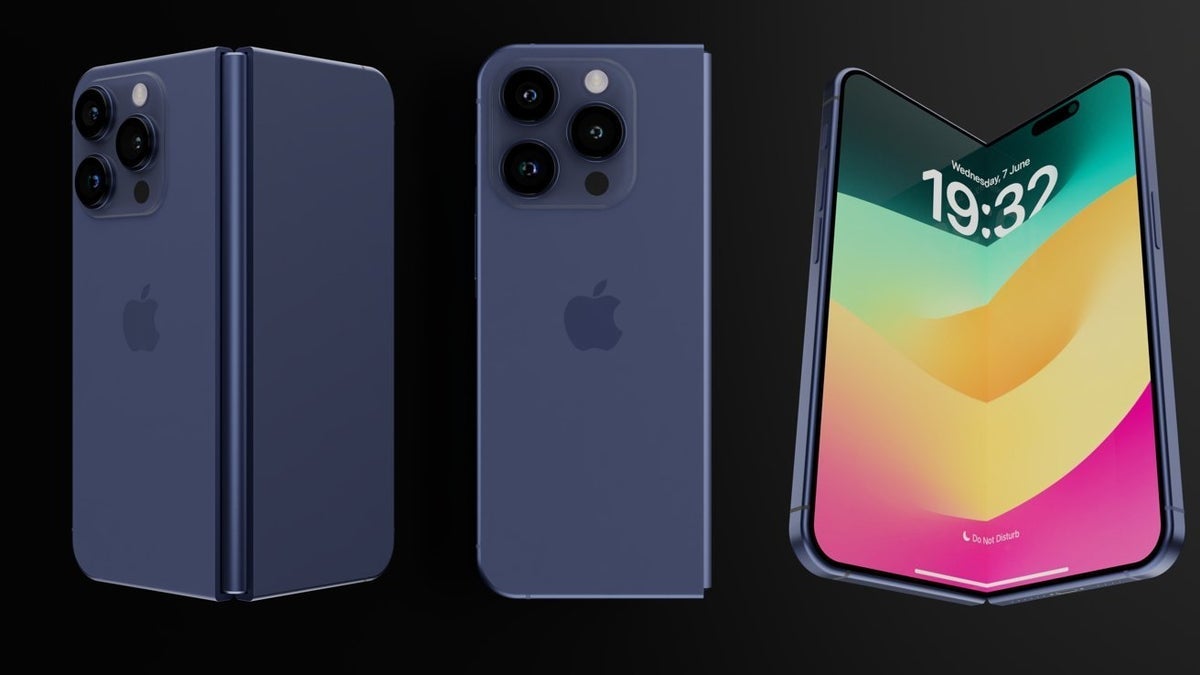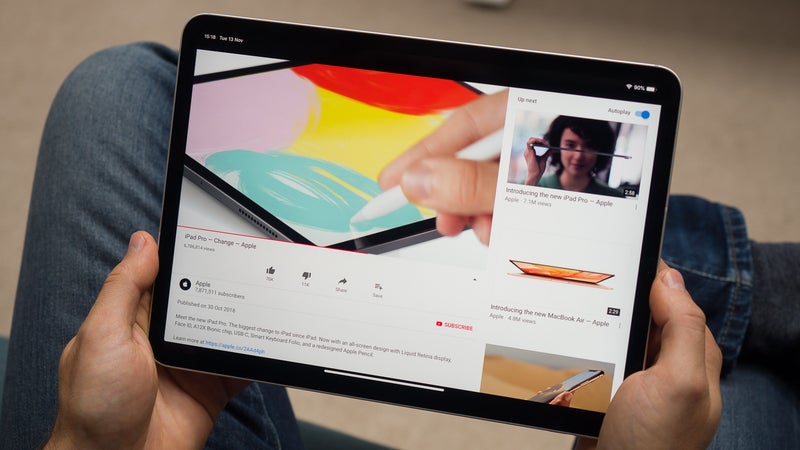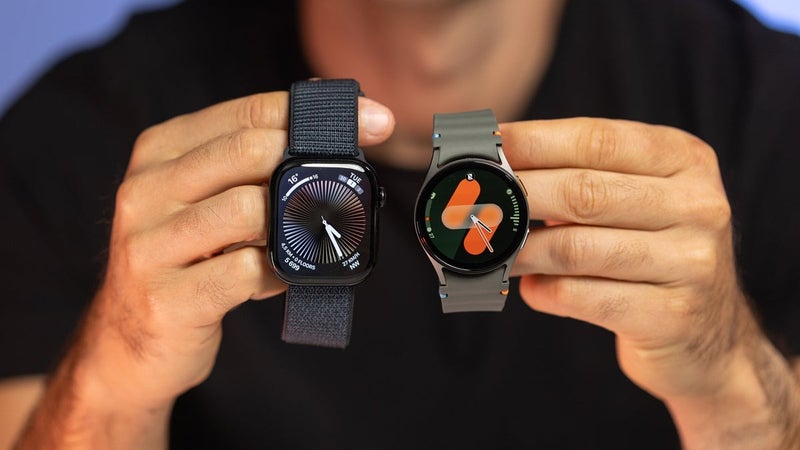The tech rumor mill is spinning rapidly, and the Apple faithful are bracing for the next big thing. As whispers of a massive iPhone upgrade in 2026 continue to circulate, whispers of a hefty price tag have followed suit. The staggering figure of $2,500 has left many in the tech community stunned, and for good reason. We’re talking about a device that could potentially redefine the smartphone experience – with top-of-the-line cameras, cutting-edge processors, and innovative features that could set a new standard for luxury mobile devices.

The Rise of the Premium iPhone

The tech industry has witnessed a significant shift towards premium devices, with Apple being at the forefront of this trend. The growing demand for high-end gadgets has led to a substantial increase in prices, raising questions about the value proposition of these devices.

The Growing Demand for Premium Devices
People crave premium devices for various reasons, including the desire for status, quality, and performance. The prestige associated with owning a high-end device is undeniable, and Apple has successfully capitalized on this sentiment. However, there is more to it than just status; premium devices often offer exceptional performance, advanced features, and sleek designs that justify their hefty price tags.

The Price of Innovation: Is It Worth It?
The high prices of premium devices can be attributed to the cost of innovation. Developing cutting-edge technology, such as foldable displays, requires significant investments in research and development. The question remains whether these innovations are worth the hefty price tags. While some may argue that the prices are justified, others believe that there are more affordable alternatives that offer similar value.

A New Era of Premium iPhones: Expectations vs. Reality
The upcoming iPhone 17 Air and the foldable iPhone are expected to push the boundaries of innovation and quality. The iPhone 17 Air is rumored to feature a sleek and compact design, while the foldable iPhone is expected to revolutionize the smartphone industry with its unique design. The question remains whether Apple can deliver on its promises and justify the expected high prices of these devices.
The Foldable iPhone: A Game-Changer in the Making?
The concept of a foldable phone is not new, but Apple’s entry into this market is expected to be a game-changer. The benefits of a foldable design include increased screen real estate, improved portability, and enhanced durability. However, there are also concerns about the practicality and reliability of such devices.
The Concept of a Foldable Phone: Is It the Future?
The foldable phone is an innovative concept that has the potential to transform the smartphone industry. With its unique design, the foldable iPhone is expected to offer users an unparalleled mobile experience. However, there are also drawbacks to consider, such as the potential for increased fragility and higher production costs.
Will it Revolutionize the Way We Use Our Phones?
The prospect of a $2,500 iPhone in 2026 has sparked intense debate among tech enthusiasts and industry insiders. One of the primary concerns is whether this premium device will revolutionize the way we use our phones. With the foldable iPhone expected to be a significant departure from traditional smartphones, it’s essential to examine its potential impact on the mobile tech landscape.
The Competition: Samsung, Google, and Motorola
Samsung, Google, and Motorola have already ventured into the foldable phone market, offering their own take on this innovative technology. The Galaxy Z Fold series, Pixel 9 Pro Fold, and Motorola RAZR have set the stage for Apple’s entry into this space.
How Do Their Foldable Phones Compare to Apple’s Offerings?
While Samsung’s Galaxy Z Fold 6 is priced at $1,899 and Google’s Pixel 9 Pro Fold starts at $1,799, Apple’s foldable iPhone is expected to launch at a premium compared to its competitors. This raises questions about the justification of the higher price tag and whether Apple’s device will offer significantly more value to customers.
Will the Foldable iPhone Be a Significant Departure from the Competition?
Instachronicles will continue to monitor the development of Apple’s foldable iPhone and provide in-depth analysis of its features, pricing, and market implications. As the launch date approaches, we’ll examine how Apple’s device stacks up against its competitors and whether it will revolutionize the way we use our phones.
The Price Tag: Is $2,500 Justified?
The rumored $2,500 price tag of the foldable iPhone has sparked intense debate among tech enthusiasts and industry insiders. While some argue that the premium pricing is justified given Apple’s reputation for innovation and quality, others believe it may be too steep for the average consumer.
What Do Analysts and Insiders Predict the Foldable iPhone’s Price Will Be?
According to various tipsters and industry insiders, the foldable iPhone’s price could range from $2,000 to $2,500. Instachronicles will continue to monitor these predictions and provide updates as more information becomes available.
Is It Worth the Investment for the Average Consumer?
As the launch date approaches, Instachronicles will examine the features, specifications, and pricing of the foldable iPhone to determine whether it’s worth the investment for the average consumer. We’ll also analyze the potential benefits and drawbacks of this premium device and how it compares to other high-end smartphones on the market.
The Business Side of Things: Apple’s Strategy and Motivations
Apple’s decision to launch a $2,500 iPhone raises questions about the company’s strategy and motivations. Is this premium pricing a deliberate move to target high-end consumers, or is it a reflection of the device’s innovative features and technologies?
Apple’s Track Record of Premium Pricing
Apple has consistently priced its devices at a premium, often justifying the higher cost with innovative features, quality, and design. The iPhone 16e, for instance, was launched at $599, which was met with surprise and disappointment by many consumers. However, Apple’s pricing strategy has contributed to its reputation as a premium brand, attracting customers who value quality and innovation.
The Foldable iPhone: A Risk Worth Taking?
By launching a $2,500 iPhone, Apple is taking a significant risk. The device’s high price tag may deter some customers, potentially affecting sales and market share. However, if the foldable iPhone delivers on its promises of innovation and quality, it could pay off in the long run, further solidifying Apple’s position as a leader in the mobile tech industry.
The Impact on Apple’s Bottom Line: Profit Margins and Market Share
Instachronicles will closely monitor the impact of the foldable iPhone on Apple’s profit margins and market share. We’ll analyze the device’s sales performance, customer feedback, and market trends to determine whether Apple’s premium pricing strategy will pay off in the long run.
Conclusion
As we near the prospective release of a $2,500 iPhone in 2026, it’s essential to acknowledge the significant implications of this luxury device on the tech industry and our wallets. The article has explored the possibilities of such an expensive smartphone, from its potential features, such as advanced cameras and improved performance, to the psychological and social factors driving the demand for premium products. We’ve also examined the potential consequences of this price hike, including the widening gap between high-end and budget-friendly options, and the impact on consumer spending habits.
The significance of a $2,500 iPhone extends beyond the tech sphere, reflecting our society’s values and priorities. It raises questions about the ethics of luxury consumerism, the environmental costs of frequent upgrades, and the potential for exclusivity to exacerbate social and economic disparities. As we move forward, it’s essential to consider the long-term effects of this trend on our relationships with technology, consumption, and each other.
As we gaze into the crystal ball of 2026, we’re left pondering: What does it mean to “own” a smartphone that costs as much as a decent used car? Will the allure of luxury tech further erode our sense of what’s truly valuable? One thing is certain – the $2,500 iPhone will be a watershed moment, forcing us to reexamine our priorities and the true cost of staying connected. So, are you ready to take the plunge and splurge on the most expensive iPhone yet? The real question is, are we prepared to confront the consequences of our desires?